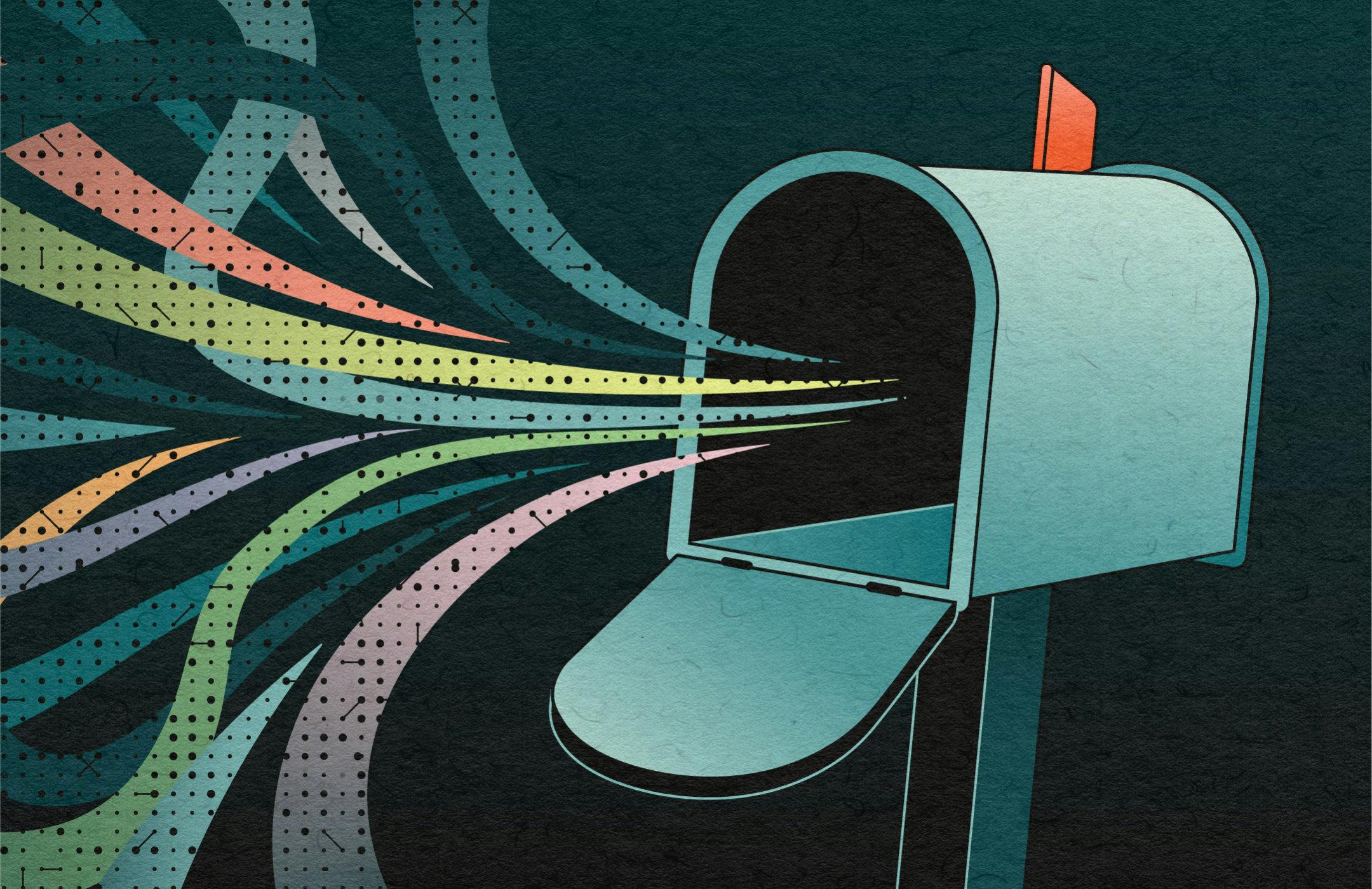The continued rise in popularity of digital media means that online and mobile communication is the preferred choice for marketers — consumers are easier to reach than ever and the average American spends five to six hours a day scrolling on their smartphones. As a result, people are bombarded with endless amounts of digital marketing and are quick to delete, block, and mute any messaging that isn't relevant to them.
Direct mail is often overlooked as a feasible option, especially since paper, printing, and postage can be expensive. But with the costs for advertising on Facebook, Google, and other channels on the rise, there’s less and less of a difference in terms of overall cost..
But if targeted correctly, direct mail is a way to stand out in the age of digital ads and overflowing email inboxes providing customers with a physical touchpoint that can make an impression.
The most sophisticated marketing teams use customized frameworks to create a cost-effective direct mail strategy. A good starting point to laying out a framework is to overlay two critical data points: customer lifetime value and lifecycle status.
Start with Customer Lifetime Value
To know how much to spend, brands must know how much value a customer is bringing. Customer Lifetime Value, or CLV, is the revenue an individual is predicted to generate over a span of time (usually one to two years.) Grouping customers into high and low-value is a simple and effective way to begin defining a segmentation strategy. This approach is typical for any channel, but is of particular importance when thinking about direct mail. High-value customers warrant special attention and are likely to contribute to increased ROI when using more expensive marketing tactics like direct mail.
Lifecycle status: Meet the customer where they are
The next customer attribute to consider is lifecycle status. Similar to CLV, knowing if a customer is active or inactive is a good indicator of the type of ROI they will generate when marketed to. That isn’t to say inactive customers should be disregarded completely, but rather that they may be better candidates for other types of marketing, like email, display ads, or social media marketing.
Building the framework
Using CLV and lifecycle status allows customers to be divided into four main groups:

Active, Low CLV: Consider A/B testing the effectiveness of direct mail marketing for this group.
Active, High CLV: Ideal customers to invest in to maximize ROI for direct mail. Also ideal for look-a-like prospecting.
Inactive, Low CLV: Consider deprioritizing this group in direct mail.
Inactive, High CLV: Consider targeting these customers as part of larger retention or reactivation campaigns.
After deciding which quadrant (or quadrants) to focus on, apply additional segmentation to align campaigns more closely to overall marketing objectives — this can range from product affinity to discount preference, or whether the customer has opted in for emails. Since brands are able to layer as many segments as they want, they can pinpoint groups that are more likely to buy. This typically translates to increased sales and money saved by messaging only the customers who will respond, instead of sending the same messaging to the whole customer base.
Signed, sealed, and delivered
Direct mail gives brands a way to convey who they really are. Many direct to consumer brands actually prefer direct mail as they can design pieces that accurately convey who they are while providing customers with a tangible form of marketing media that they can touch and open.
But for this type of direct mail strategy framework to succeed a company needs to truly know who their customers are. This is where customer data tools come in — the right customer data tools will combine fresh insights, predictive modeling, and smart segmentation to help you breathe life into your direct mail strategy.
Learn more about the fundamentals of personalization at scale and how to use it to boost revenue in our guide.
